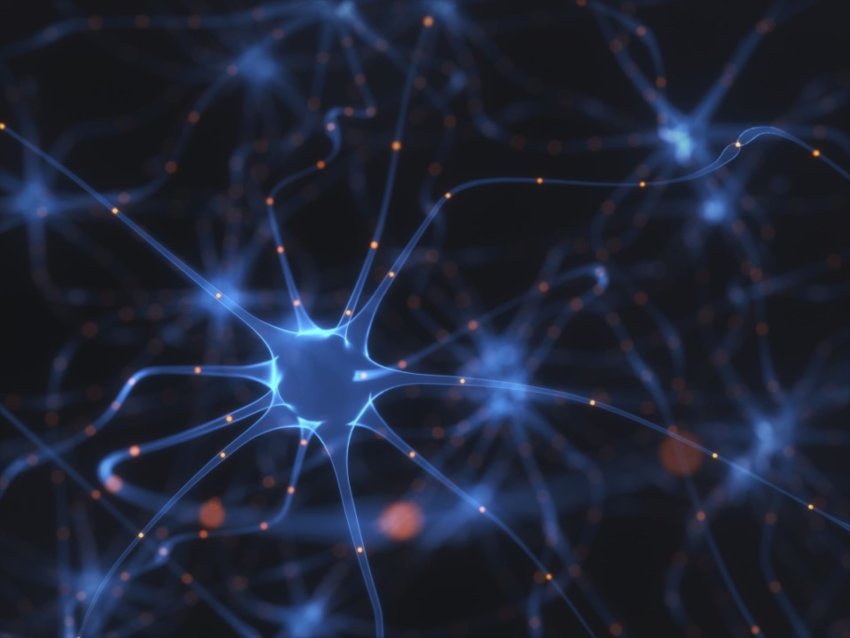Treatment could aim to raise levels of a neuroprotective molecule, studies hint.
Growing evidence suggests that traumatic brain injury (TBI) is an important risk factor for developing Alzheimer’s disease and dementia. But to date, effective therapies aren’t available for preventing or treating TBI-induced disease.
Scientists may be on to something, though. New studies from The University of Texas Health Science Center at San Antonio (UT Health San Antonio), published Feb. 9 in the journal Brain, show what happens when an enzyme called monoacylglycerol lipase (MAGL) is genetically inactivated in experimental mice. Typically, MAGL breaks down a neuroprotective molecule called 2-arachidonoylglycerol (2-AG), diminishing the latter’s beneficial effects in the brain.

“Studies from my lab and others previously found that pharmacological inhibition of MAGL reduces neuropathology and improves cognitive function in TBI,” said senior author Chu Chen, PhD, professor of cellular and integrative physiology at UT Health San Antonio. “However, the mechanism wasn’t clear to explain why disruption of this enzyme produces so many beneficial effects. For this reason, we created knockout mice for this enzyme. We now have cell type-specific MAGL knockout mice and tried to determine whether genetic inactivation of this enzyme produces protective effects in TBI and whether the protection is cell type-specific.”
The answer is yes on both accounts. The researchers found that:
- The whole brain (or total) knockout of MAGL produced neuroprotective effects similar to those seen with pharmacological inhibition.
- Knocking out MAGL in astrocytes significantly reduced TBI disease effects and cognitive decline in the TBI animals.
- Knocking out MAGL in neurons, on the other hand, did not protect animals from TBI-induced disease.
Neurons are information messengers in the brain and spinal cord. Nerve impulses are transmitted from neuron to neuron throughout the body. Astrocytes are caretaker or housekeeper cells that enhance the activity of neurons and may do a lot more. 2-AG, which is made in the body, is part of the endocannabinoid system that sends signals to regulate a host of functions.
The majority of 2-AG in the brain is synthesized from neurons, and astrocytes make a small amount of 2-AG. “However, even a small amount of 2-AG in astrocytes can produce striking, remarkable effects against TBI-induced neuron injury, which was totally out of our initial expectation,” Dr. Chen said.
“The most exciting things our study revealed are that 2-AG metabolism in astrocytes, but not in neurons, promotes neuropathology, and that augmentation of 2-AG signaling by inactivation of MAGL in astrocytes plays an important role in the neuroprotection in TBI-induced injury,” Dr. Chen said.
Collectively, these findings point to the need to develop therapeutic interventions for inhibition of 2-AG degradation in astrocytes, he said.
Acknowledgments
This work was supported by funding from the National Institute of Neurological Disorders and Stroke (NINDS), the National Institute on Aging (NIA) and the National Institute of Mental Health (NIMH), all part of the National Institutes of Health. Start-up funding was provided by the Joe R. and Teresa Lozano Long School of Medicine at The University of Texas Health Science Center at San Antonio.
Enhancing endocannabinoid signaling in astrocytes promotes recovery from traumatic brain injury
Mei Hu, Dexiao Zhu, Jian Zhang, Fei Gao, Jack Hashem, Philip Kingsley, Lawrence J. Marnett, Ken Mackie and Chu Chen
First published: Feb. 9, 2022, Brain
https://academic.oup.com/brain/advance-article-abstract/doi/10.1093/brain/awab310/6524611


